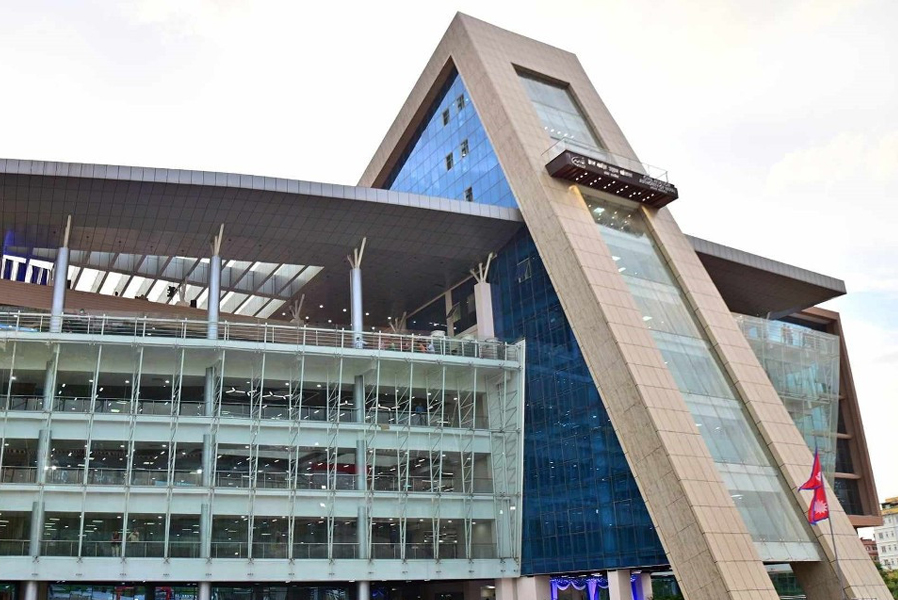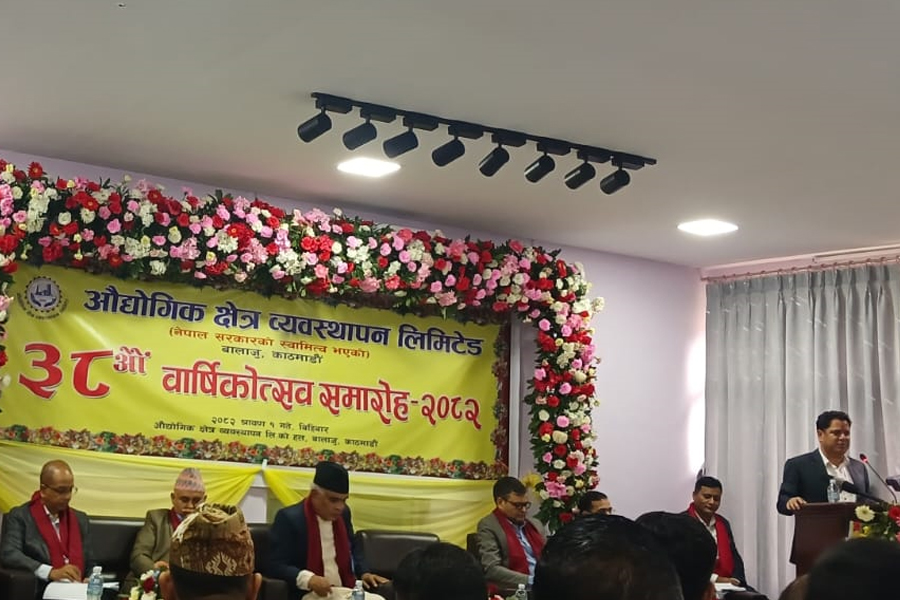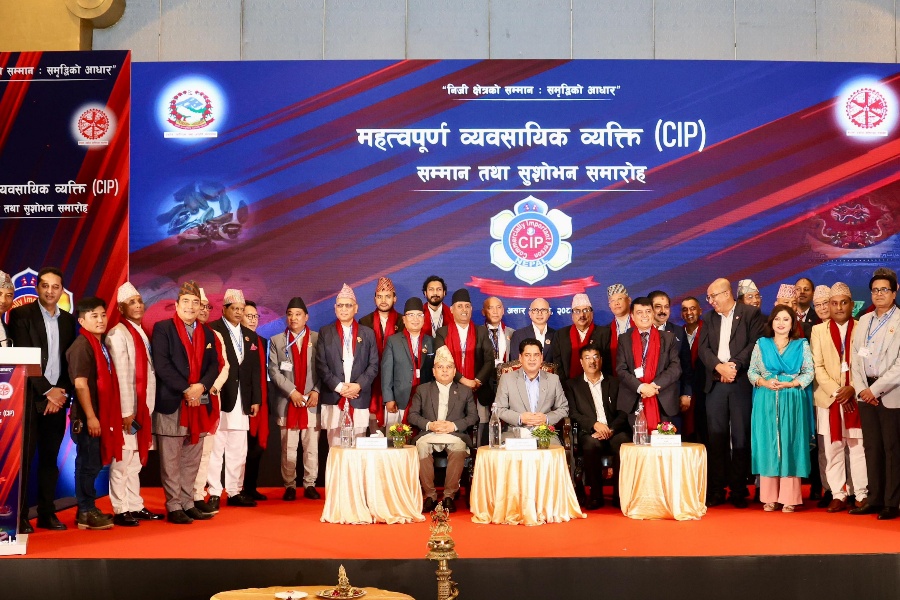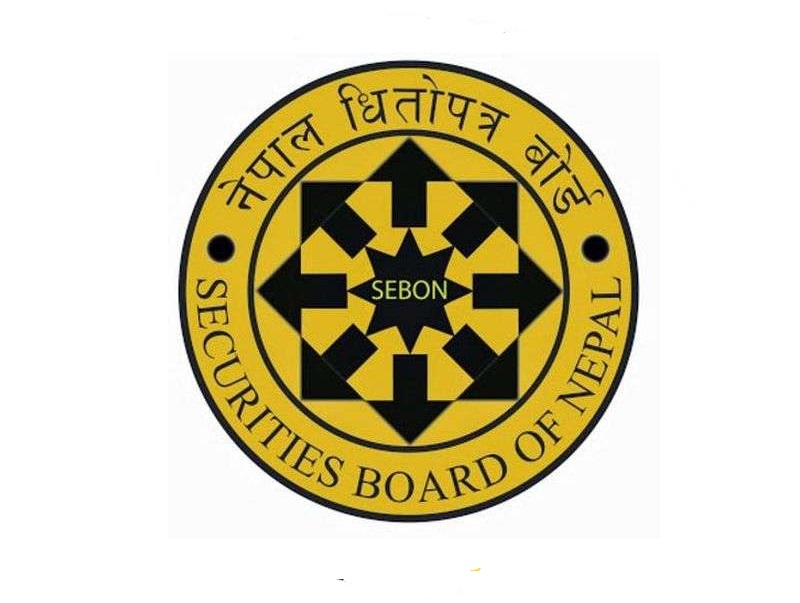The Nepal Stock Exchange (NEPSE) has introduced a key improvement to its trading platform aimed at facilitating odd-lot transactions; trades involving quantities of securities smaller than the standard trading unit. Starting from July 17, purchase and selling orders for odd lots will now be visible in the market depth view, addressing a long-standing concern raised by retail investors.
Despite NEPSE having previously allowed daily odd-lot trading, investors often struggled due to the absence of visible order books in the market depth interface. This lack of transparency had made it difficult for sellers and buyers to match trades efficiently. NEPSE spokesperson Murahari Parajuli explained that, with the growing volume of odd-lot transactions, the platform has been updated to display these orders separately within the depth window of each listed company. He clarified that it was earlier excluded from the market depth view as odd-lot trades do not affect the official market price and index.
Investors’ demand for increased visibility and accessibility in odd-lot trading had been building for some time. Longtime investor Dambaru Ballav Ghimire welcomed the update, calling it a significant step for small investors, who are often left holding fractional shares after selling stock or receiving bonus shares.
Ghimire highlighted that investors with 100 shares, for example, would receive five additional shares from a 5% bonus issuance. If the investor sells their shares before the bonus is credited, the remaining five shares become an odd lot. Due to limited awareness and lack of market visibility, trading these small holdings has been difficult, often prompting investors to buy additional units simply to reach a standard lot size. Ghimire urged NEPSE and the Securities Board of Nepal (SEBON) to launch awareness programs under financial literacy initiatives to educate the public about odd-lot trading options.
Data from NEPSE shows that in fiscal year 2024/25, odd-lot transactions amounted to over Rs 5.80 billion across 14.83 million shares. This marks a 47% decline compared to FY 2023/24, which saw over Rs 10.89 billion in trades across 44.2 million shares. FY 2023/24 represented a nearly 293% increase from FY 2022/23, which logged Rs 2.77 billion in trades on 17.6 million shares.
The recent platform enhancement is expected to reinvigorate odd-lot activity by increasing transparency and reducing transaction friction for small investors.
Under current regulations, standard trading units vary by face value: 100 shares for securities priced at Rs 10, 10 shares for those at Rs 100, and one share for securities with a face value of Rs 1,000. Any transaction involving fewer units than the defined lot size is classified as an odd lot.
Prior to 2022, NEPSE permitted odd lot trading only on Fridays, but this was expanded to daily trading to accommodate retail participation. Securities such as common stocks, bonds, and mutual fund units are currently traded in Nepal’s secondary market.










